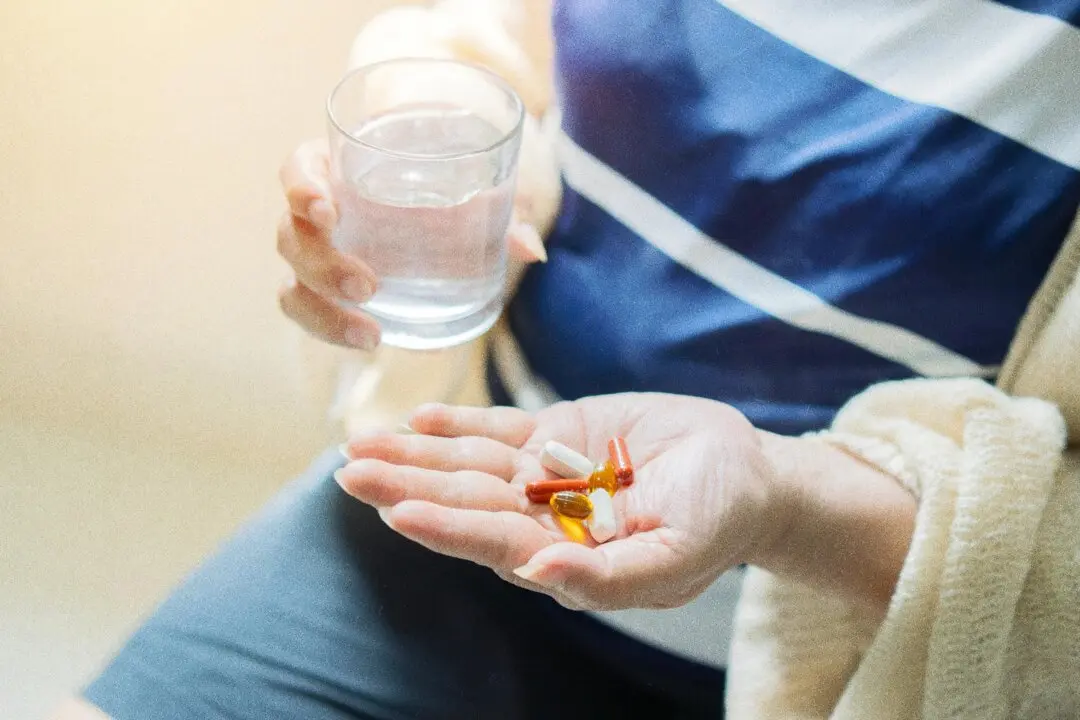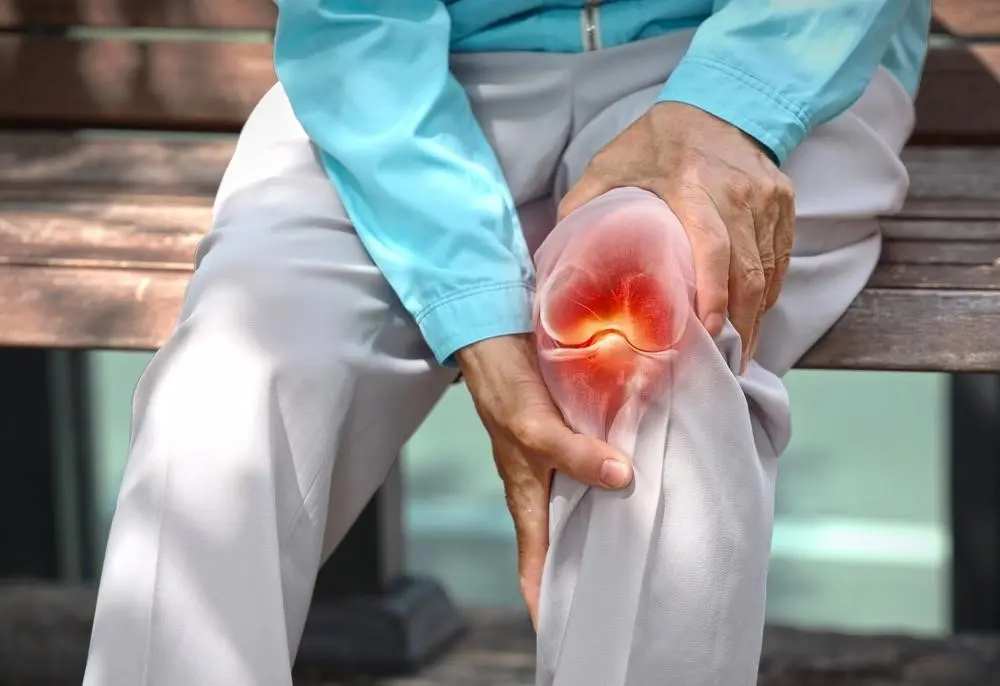Planning a trip to Taiwan? You'll find no shortage of places happy to host you. Locally run guesthouses of all varieties have been rising in popularity in this growing Asian tourist destination.
Small inns and hostels are so common that a Taiwanese website has been launched that lets travelers pick from exhaustive lists when planning their journeys.
Different locales are home to different styles. In the mountainous area of Miaoli for instance, there are humble establishments with simple furnishings; Yilan has dedicated getaways offering both luxury and experiences.
Such hostels are particularly convenient for those visiting the more rural parts of Taiwan, home to much of the island’s varied cultures and natural scenery.
Yilan in the Northeast
Meihua Lake resort farm of northern Taiwan’s Yilan County was once used to raise deer. Now a guesthouse with comfortable accommodations, the resort is a great place for those looking for a distinct rustic experience.
Meihua Lake itself offers good biking trails circling the water and splendid natural scenery by night. Yilan County in general is known for its seafood and cold springs, as well as dozens of other leisure farms aside from that at Meihua Lake.
In eastern Taiwan’s Hualian County, there is a visitors’ home built to look like it came straight out of a fairytale. Just have a look at the pictures, taken by three-time visitor and blogger who goes by the name Cline1413.
Despite being an island country the size of Maryland, Taiwan is home to many landscapes and vibrant local cultures. Over 300 designated towns and villages boast unique architecture, natural environments, and people. It is a great place for backpackers and lovers of nature or rural life. The country’s small size and high level of development makes it perfect for bike trips. Along the coast, police stations, also dubbed “cyclists’ rest stops,” are stocked with snacks, restrooms, and even places to shower, and information for the weary or lost traveler.
Indigenous South
Adding to the native aboriginal tribes, people from all parts of mainland China brought with them their regional customs and of course, cuisine. This is especially true further to the south, in the city of Tainan, known as the “city of snacks.”
There are thousands of restaurants to choose from. While the ubiquitous sit-down affair isn’t unheard of in Tainan, more common, and in keeping with the local spirit, are traditional street vendors concentrated in the bustling night markets and spilling out into the rest of the city.
Tainan is also something like minsu central, with websites dedicated to documenting and enabling searches of them. There are children-themed minsu, like the Zhuang Parent-Child BnB, complete with a plastic ball pit; then there’s Wu Residence, drawing from Japanese Zen minimalism; and dozens of others for every preference.
Southeast Joy
Yujoy House (the name in Chinese includes the words “Know Joy”) is located in Taidong County in the southeast of the country. Amid cascading rice paddies, next to mountains covered in vegetation, you'll stay at a small, family-run establishment and experience life like countless rural Taiwanese. Yujoy House maintains close ties with the people in of the surrounding area, some of whom serve as staff. Go for nature walks, read books, and spend time with the locals.
Another southeastern minsu is Jiliyalan Villa (it translates to something like the “Solitary Elegant Mist Villa”) taking its name from its resemblance of the sorts of villas one would expect to find on the coasts of Spain. Going directly inland (the villa is indeed right on the coast), one will encounter Yushan National Park, one of Taiwan’s nine national parks. There, one can camp, go bushwalking, or take the sorts of photographs that end up on postcards.
Seafood on Penghu Island
Aside from Taiwan’s main island, most of the smaller islands that lie between it and mainland China are also administered by Taipei, capital of the Republic of China, as Taiwan is officially known. Some 90 islands and islets, most of them uninhabited, form Penghu County, home to some of the nation’s best seafood and marine attractions.
The biggest city is Magong. Though its population is only about 60,000, as a famous tourist destination it has hundreds of homestay options. One of the most well-known minsu is called simply “Summer Bluesky,” located near both the beaches and the mountains.
Seafood, of course, is also avaialble from the restaurants and markets on the island—given the generally dry climate, there is not much rice farming on Penghu, making seafood a staple.
There are also geological parks in Penghu. For instance, you'll be able to wander through what many think of as a modern version of Moses dividing the sea—between Red Island and Kui Bishan there is an intertidal zone which, during low tide, forms an S-shaped basalt trail under the sea, allowing you to walk to Red Island.
Penghu is also known for its cactus ice cream—which tastes better than it sounds, according to locals. Vegetables are generally more expensive here, though.
The Penghu islands are home to a unique type of Chinese fish trap, many of which are preserved from ancient times and have a centuries-old history. The earliest records of these stone constructions are from 1720.
Visitors to the archipelago also have the opportunity to stay at the Central Hotel, built in 1923 when the area was a colony of the Japanese empire. Brought up to date with a recent remodel, the hotel offers modern accommodations perfect for rest after a day of scuba diving and island-hopping.





